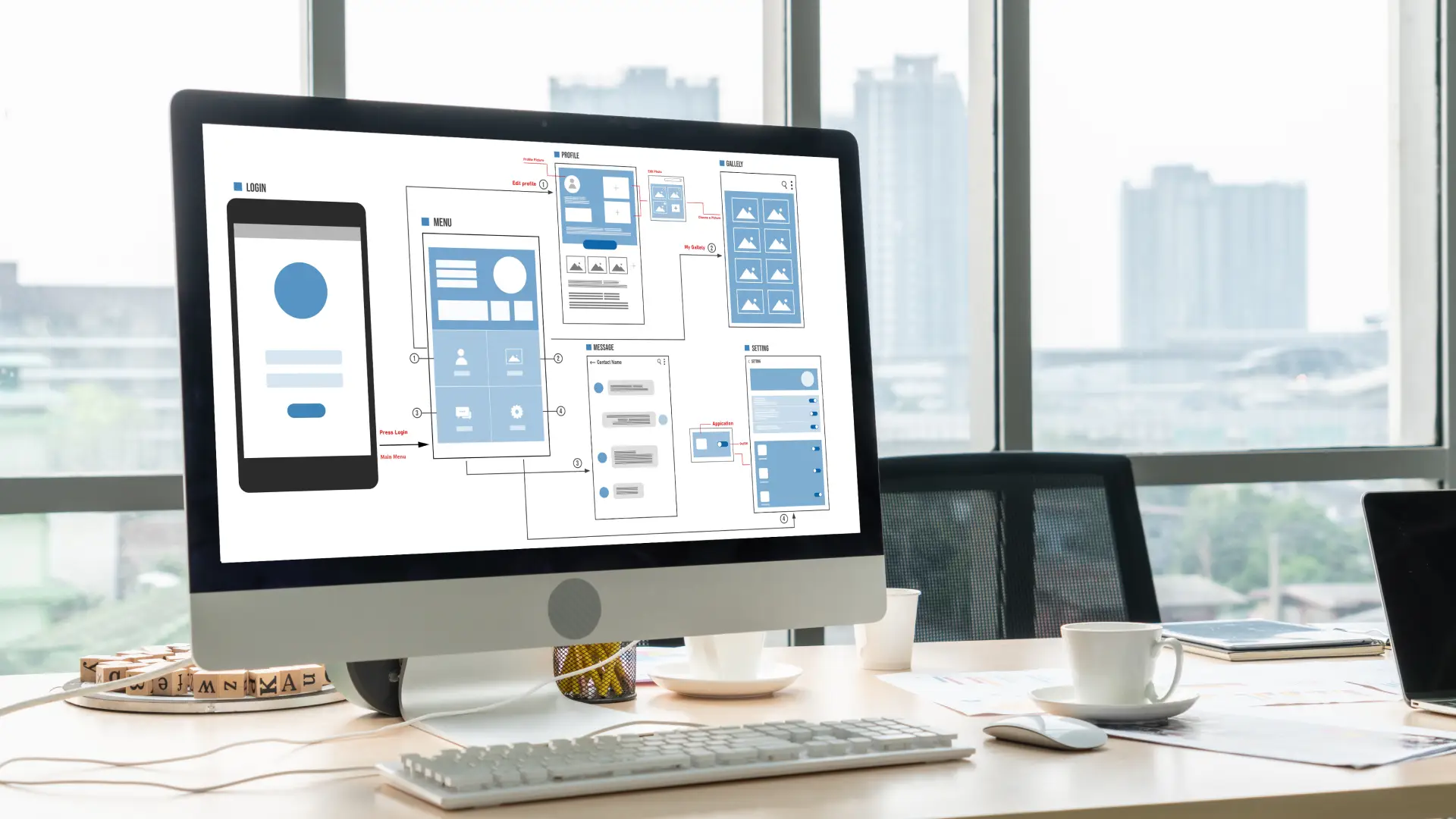The stakes might feel low when you’re still pre-launch. But the design decisions you make early on can either set you up for momentum, or months of backpedaling.
We get it. When you’re deep in dev, it’s tempting to throw in a temporary UI, some filler art, or “just enough” polish to get the demo out. You’ll fix it later, right? But here’s the thing: early design isn’t just for looks. It’s a pressure test for how your game or product communicates, plays, and grows.
Here’s why early design pays off:
1. First impressions matter—yes, even in prototypes.
Playtesters, investors, and publishers are all human. The moment you put something in front of them, they’re forming opinions. If your HUD is clunky or the buttons feel off—even in a prototype—they’re gone. Good design can make your alpha feel more intentional and your team look more credible.
2. Temporary design has a habit of sticking.
We’ve worked on projects where “placeholder” layouts from the prototype phase made it all the way into final production, just because no one had time to rethink them. It’s a common trap: the team gets used to what’s there and builds around it, even if it wasn’t the best idea in the first place.
3. Design helps you think.
A lot of people think design comes after the thinking is done. But when you start sketching out UI, flows, or motion early, you actually uncover logic gaps and usability issues sooner. It’s less about “making it pretty,” and more about making it make sense.
4. Early art direction saves future headaches.
We’ve seen projects grind to a halt because no one aligned on a look and feel early on. Even a lightweight moodboard or UI style frame can help your team and collaborators stay on the same page—and avoid redoing 50 screens later.
5. Team morale improves when things look and feel good.
Your team’s more energized when the prototype doesn’t feel like a Frankenstein of placeholder UI, mismatched fonts, and vague flows. A little polish creates pride, and that can boost momentum across the board.
6. Prototypes still get shared.
You might be sending that build to a potential publisher, investor, or partner. Design gives your prototype the edge to be taken seriously. Trust us, it matters.
You don’t need to design everything, just the right things.
This isn’t about over-engineering your prototype. It’s about choosing a few key touchpoints (like your main screen, or a basic UI flow) and treating them with care. A few thoughtful design decisions can raise the entire perception of the build.
What We Recommend
- Design just enough to communicate clearly, not to over-polish.
- Set basic rules early—colors, font styles, UI components, even if they’ll evolve.
- Test with real humans if you can. Confusion now is cheaper than confusion later.
- Keep your files organized. Your future self (or next designer) will thank you.
Bottom Line
Design isn’t just the wrapping paper. It’s the blueprint. And when you lay the right foundation early, everything that follows gets faster, clearer, and a whole lot easier.
Need help with your prototype? Talk to us.
